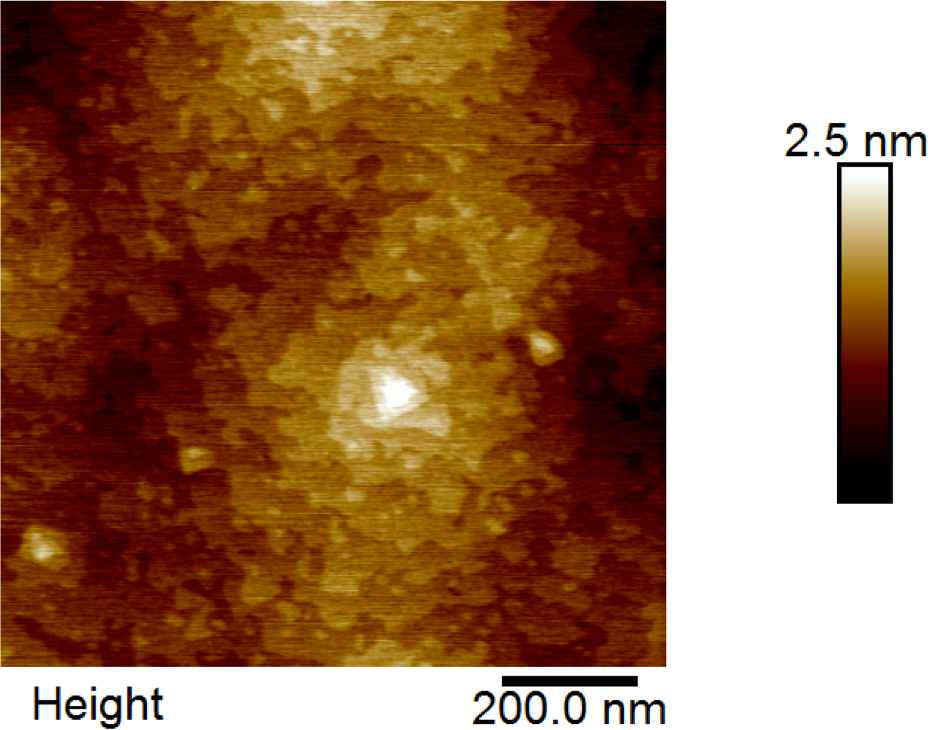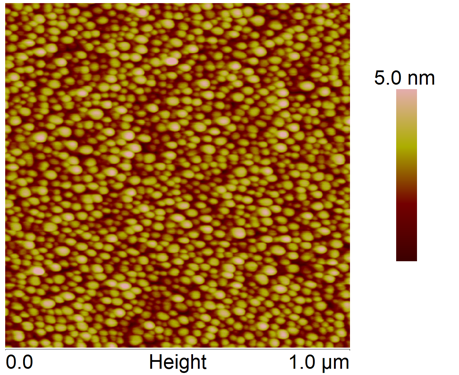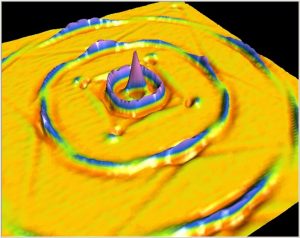Research
Tensile-strained quantum dots for entangled photon emission

According to quantum physics, it is possible to create a pair of photons that share certain properties. When you perform a measurement on one of the photons, it “collapses” into one of two states and, intriguingly, without them being able to communicate, its pair instantaneously collapses into the other state. This strange property is called entanglement, and it lies at the heart of certain approaches people are using to create ultrafast quantum computers, or uncrackable quantum encryption. On paper, quantum dot (QD) nanostructures should be ideal sources of entangled photons, but it turns out that the electronic structure of traditional QDs prevents them from efficiently emitting entangled photons. We are addressing this problem by creating a new, highly symmetric type of QD whose properties are predicted to be perfectly suited to generating pairs of entangled photons. By exploring the structural, optical and electronic properties of these novel QDs we expect to develop an entangled photon source that accelerates the progress of future quantum communication technologies.
We gratefully acknowledge funding support for this research project from the National Science Foundation under the CAREER program.
Nanoscale strain engineering for direct band gap germanium

Germanium is widely used in the electronics industry. However, unlike some of the other semiconductors we work with in the CEN, germanium’s cannot efficiently emit light due to its indirect band gap. This is a shame since many of germanium’s other properties suggest that it would make an excellent material from which to build lasers operating in the technologically useful mid-infrared wavelength range. However, by stretching germanium at the nanoscale we anticipate that we can change the fundamental properties of germanium, and transform it into a direct band gap semiconductor that emits light very efficiently. It may even be possible to shrink the band gap of these germanium nanostructures to zero and transform it into a highly conductive semi-metal. Successfully tailoring germanium’s properties has the potential to benefit a wide range of technologies, from renewable energy to security applications.
Our collaborators on this project are Dr. Michael Scheibner (University of California, Merced), and Dr. Christian Ratsch (University of California, Los Angeles). We gratefully acknowledge funding support for this research project from the Air Force Office of Scientific Research.
Exciton interactions with surface acoustic waves

Current technology relies on electrons to perform calculations and carry information. However, there may be benefits to replacing the electrons in these devices with excitons. Excitons are quantum mechanical particles with no electronic charge, that we can readily generate in semiconductor nanostructures such as quantum dots and quantum wells. We are creating nanostructures to study the behavior of Wannier-Mott excitons and explore how they interact with surface acoustic waves. We will compare what we discover in semiconductor quantum wells with what our collaborators learn about exciton behavior in organic dye molecules. Understanding exciton delocalization and coherence in these different material systems will have implications for future quantum information technologies.
Our collaborators on this project are Dr. David Hurley (Idaho National Laboratory), Dr. William Knowlton (Boise State University) and Dr. Bernard Yurke (Boise State University). We gratefully acknowledge funding support for this research project from U.S. Department of Energy under the Laboratory Directed Research Development (LDRD) program.
